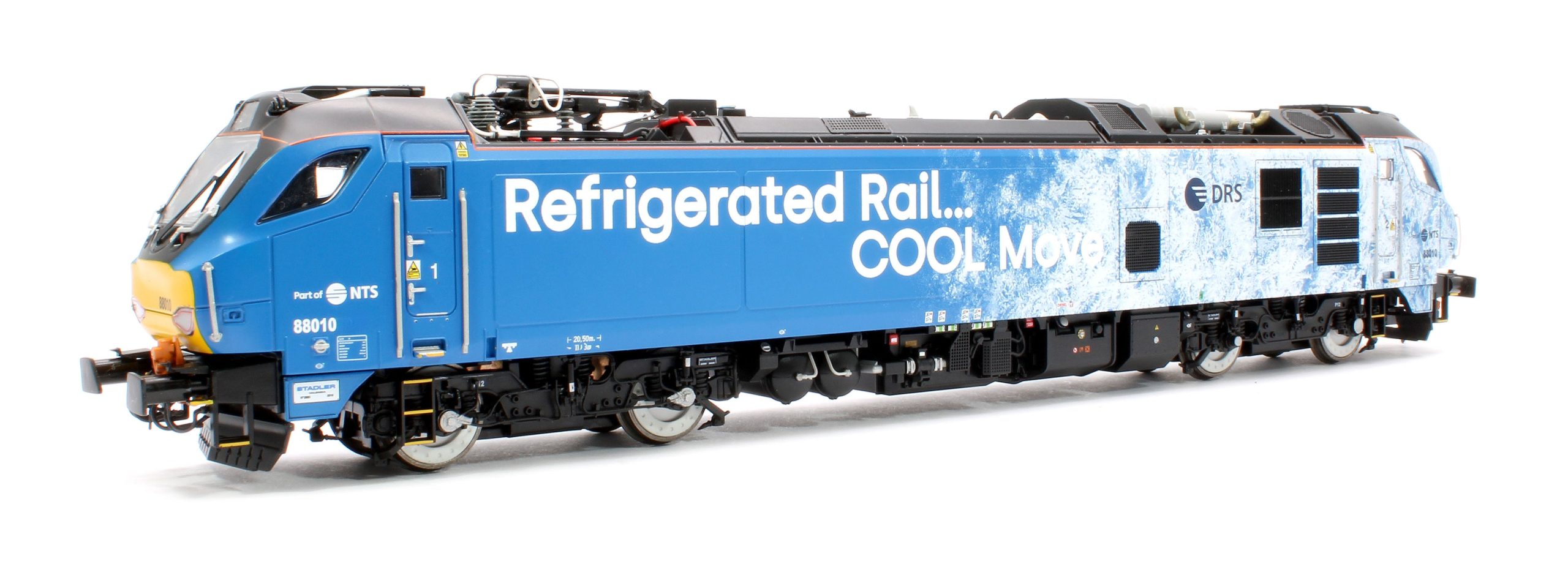As we now know the past two years have disturbed the normal supply of many things. Among those have been my goto servo control boards from Tam Valley Depot. I have used Tam Valley Depot Singlet IIs, Tam Valley Depot Quad-Pics and a Tam Valley Depot Dual 3-Way board. Tam Valley Depot’s owner Duncan McCrae stopped production due to ill health and at about the same time, COVID-19 hit the supply of electronic parts. Tam Valley Depot has since recommenced production but only a small part of its range. All of the above servo control boards are no longer being made.
As a result, I began a search for alternatives. I found suitable servo control boards in the UK as well as one in the US but given the cost of shipping, these become expensive.
I came across a local Sydney supplier, RailCon with an inexpensive range of boards in both DC and DCC versions.
At the time I was designing and printing linear servo signal bases for some US-made Tomar brand Upper Quadrant signals after an enquiry from a modeller here in Australia. Now the modeller didn’t want three positions for the signal arms so I told him about the 2 position RailCon MD-003 boards so he purchased them for his signals and had them sent to me.
USA Tomar brand Upper Quadrant Signals with RailCon MD-003 Servo Slave Units
The RailCon MD-003 boards arrived and I found them quite easy to adjust the linear servos to get the correct throw of the signal arms but the speed of the throw was too fast. I called RailCon and spoke to the owner, Jim Crew about the issue. Jim said the boards were originally designed to throw point blades so the speed wasn’t an issue then., however, he said he would have a look at slowing the speed. After a couple of days, Jim said he had done it so I sent the RailCon boards to him to be updated. They arrived a week back or so later and the speed was good. This speed has now become the speed for the boards in the RailCon range as it won’t have any effect on the point blades since they only move a small amount.
The RailCon MD-003 Servo Motor Slave Unit will drive 2 servos and is priced at $24.60 which is $12.30 per servo output. The board requires a 12 Volt DC power supply.
For use on a DC layout, the MD-003 is used as is but for DCC the $24.85 SD-001 Central Control Unit is required. The SD-001 board connects to 4 SD-009 Servo Motor Slave Units. This gives $15.40 per DCC servo output.
While talking to Jim I asked about the possibility of a 3 position servo board for our NSWGR Upper Quadrant signals and he said he would look at it. About two weeks later Jim said he had a 3 position board and could I test it, the answer of course was yes.
Here is a video of a HO NSWGR Upper Quadrant signal arm being moved by the 3-position servo board. As I didn’t have any Upper Quadrant bracket signals under construction I set up the Upper Quadrant arm on a Lower Quadrant timber post from my range.
As you can see the arm moves through the correct sequence going from CLEAR (vertical) to STOP (horizontal) in one movement then From STOP to CAUTION (45 Degrees) and then finally back to STOP. A three-position switch can be used to change the signal but the software has been written to ignore the centre switch position when moving from CLEAR to STOP. Of course, other switching methods can be used such as DCC, track detectors, relays, etc.
The MD-003a Servo Slave Unit is the 3-position Upper Quadrant version and is $24.00. The MD-003a is for DC and only controls one servo as the existing MD-003 printed circuit board has been used with three input connections instead of the four inputs (2 pairs) of the MD-003 unit. This was the simplest and least expensive way for RailCon to give us a 3-position option.
Although the website hasn’t been updated as yet there is a DCC 3-position version, the SD-009a Servo Motor Slave Unit, The SD-001 Central Control Unit will support 4 SD-009a Servo Motor Slave Units to control 4 servos in total.
One of my NSWGR Steel Bracket Signals with
Upper Quadrant and Lower Quadrant signal arms
I hope you have found this information useful and I think that RailCon should be supported as it is a very good local product.



